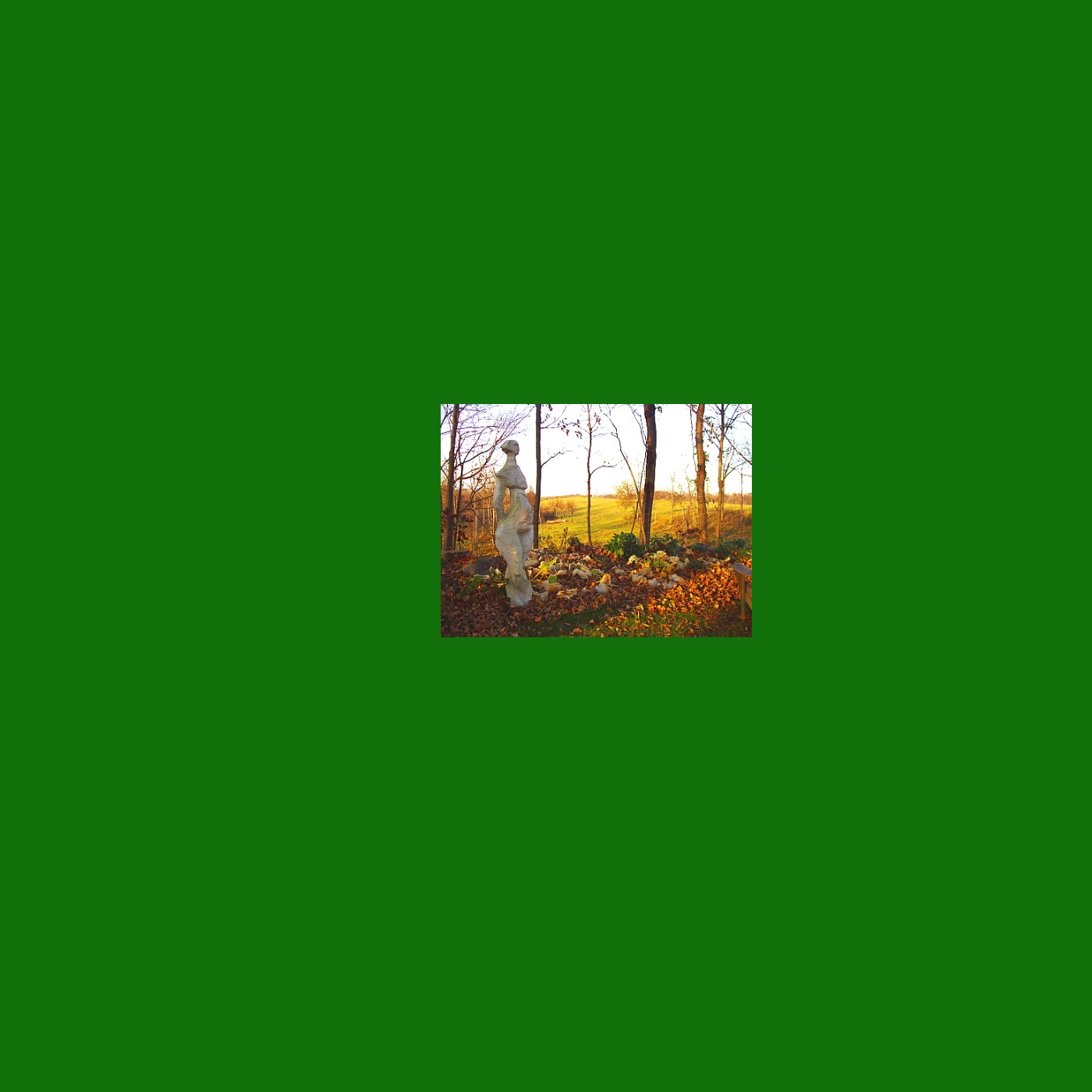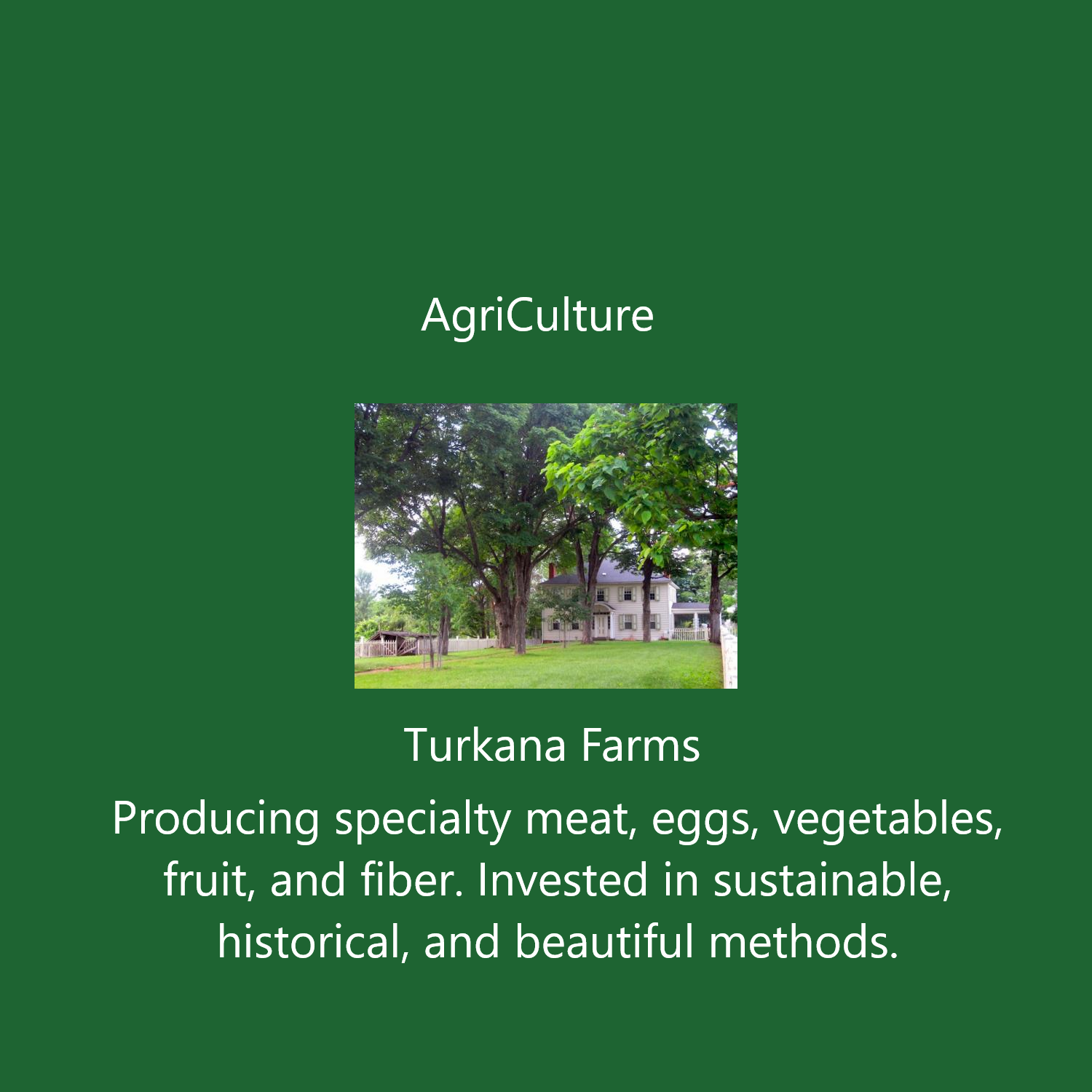
For the last 15 months we’ve all learned much more science than most of us ever wanted to know – from microbiology (messenger RNA) to epidemiology (herd immunity) to aerodynamics (how far does your spit fly when you chat at a cocktail party?). I am grateful for the way scientists brought their knowledge to bear to meet the challenge of COVID-19. But I am also intimidated by them. How did people get so smart? How did they figure out what experiments to run, with what variables, involving what substances, to achieve what they did?
The May 10 New Yorker has an astonishing article, “Growing it Back,” about developmental biologist Michael Levin, who has been investigating how cells grow into living beings. Levin does not see us as products of a DNA blueprint akin to what a carpenter follows in building a house, but more as the end result of a process in which cells react to their environment and to each other in deciding what to become, as if by intent. By manipulating electrical fields, the environment in which the cells operate, Levin has induced them to redirect the process of growth. He has “coaxed frogs to regenerate severed legs, and tadpoles to grow new eyeballs on their stomach.” His work may lead to therapies for amputees to grow severed limbs back. It may also lead to cancer treatments in which the cells are restored to communication with other cells rather than reproducing uncontrollably.
Levin’s work is all the more impressive to me because it seems to rely principally on close observation and manipulation of small elements of the physical environment. The physical world has seemed alien territory to me. I remember when my former graduate school girlfriend (it was just a phase!) met my late partner, Peter a few months after I started dating him. Sabra warned: “I hope you’re not expecting Mark to help with anything practical. Don’t let him do anything involving a hammer.”
Now, late in life, I’ve become immersed in my physical environment and consumed with trying to manipulate it. On this farm there is no on-premises “super” (as we denizens of New York apartments call our building superintendents) to call when things go wrong. Economic necessity and practical reality dictate that when problems arise I at least have to try to understand what’s going on and address them myself.
Given the low competence level from which I start I am often dependent, the way all physical scientists are, on the knowledge developed by those who have come before me. Thank God for the internet. This winter, trying to battle an incursion of now thankfully banished rats in the chicken coop, I learned online how to fix an empty can on a stick and suspend it over a deep bucket, place a ramp to the top of the bucket, and bait the top of the can with peanut butter. When the rat jumped over to the can, the can would spin, the rat would drop into the water at the bottom of the bucket, and drown. I remember my elation the first morning when I found half a dozen drowned rats, and my disappointment days later when I realized mine was not the only intelligence at work. The rats learned to steer clear.
I don’t rely entirely on the internet. Sometimes I run unwitting experiments. Take my tomato starts. This year I decided to see what would happen if I did not buy new seeds , but used the large supply I had left over from prior years. I planted all my usual varieties. The black krims, rose de berne, Amish paste, and sungold went into three trays in which the planting compartments were about two inches deep. Because I didn’t have a similar fourth one handy, the Brandywines went into a tray with smaller compartments about half that depth. I put them all on the same grow light shelf.

All except the Brandywines sprouted within about a week. I decided the Brandywine seeds were probably too old. I discarded that hypothesis when they eventually sprouted. But still, the Brandywines seemed stunted. The others got so tall and leggy by last week that I decided they had to be moved out, hardened and planted. By then, my working hypothesis was that I had been too stingy with root space for the Brandywines – the others grew better because they had deeper planting cells.
After I moved the other tomato plants, I lowered the grow light closer to the Brandywines. Lo and behold, within about two days they had shot up, one of them more than two inches high. It turned out my second hypothesis was wrong too. The problem wasn’t how much room the roots had, but rather that the Brandywines, because of the disparity of planter depth, were so much farther from the grow light. Lesson learned by clinical trial.
One of my most satisfying recent fixes was on a gate that kept blowing open. This gate, on the way to the pond, had been kept closed for several years with a large hook on one door, lowered into a large ground staple in the shape of a U-bolt hammered into the adjacent door. The succession of storms with high winds we had earlier this spring led to the staple being tugged out of the gate as the hook strained against it. Hammering the staple back in didn’t work. Nor did replacing it with a larger heavier staple. The wind still won.
At the hardware store, pondering fancy deadbolt systems to replace the hook, it suddenly occurred to me that if the problem was that things hammered in could be pulled out by the strain of the wind, maybe what was needed was just something more securely fashioned, like maybe screwed in. I bought a large screw-in hook-eye, and it worked! Problem solved for 40 cents.
Not the stuff of Michael Levin. I feel like I’m learning things I should have learned in fourth grade and my experiments are at about that grade level. But it feels like a major advance in my consciousness to closely observe and effectively manipulate my physical environment in any small way. I wonder if, after the rapid development of COVID vaccines, increased respect for the work of scientists may be part of the zeitgeist, and may be inspiring my personal evolution, my way of seeing the world.

WHAT’S AVAILABLE THIS WEEK
Rhubarb $4 a lb.
Mint $1 a bunch
Sorrel, $3 a bag
Cheese pumpkins, $1/lb
Garlic chives, $1/bunch (flat leafed)
EGGS: production has doubled, feel free to order, $5/doz
FRESH HORSERADISH, $3/lb
MEATS:
CHICKENS: They were quite uniform in size, all just around 6 lbs, a few under. These freedom rangers have been what you want them to be, deeply flavorful. $6/lb, frozen. Separately, bags of chicken livers, also $6/lb.
FARM PICKUPS:
Email us your order at [email protected], and let us know when you’d like to pick up your order. It will be put out for you on the side screened porch of the farmhouse (110 Lasher Ave., Germantown) in a bag. You can leave cash or a check in the now famous pineapple on the porch table. Because I’m now here full time, we’re abandoning regular pick-up times. Let us know when you want your order any day between 10 and 5, and unless there are unusual circumstances we’ll be able to ready it to your convenience. If you have questions, don’t hesitate to call or text at 917-544-6464 or email.

TURKANA FARMS, LLC Green E-Market Bulletin January 3, 2025 I bottle feed a frail newborn as mom looks on — photo by Arthur Gary...

For most of the last twenty years, what has struck me most about the change of seasons on the farm at this time of...

Part of my chore-time ritual, twice a day, is to muck a wheelbarrow full of accumulated waste hay and sheep poop from the barn...